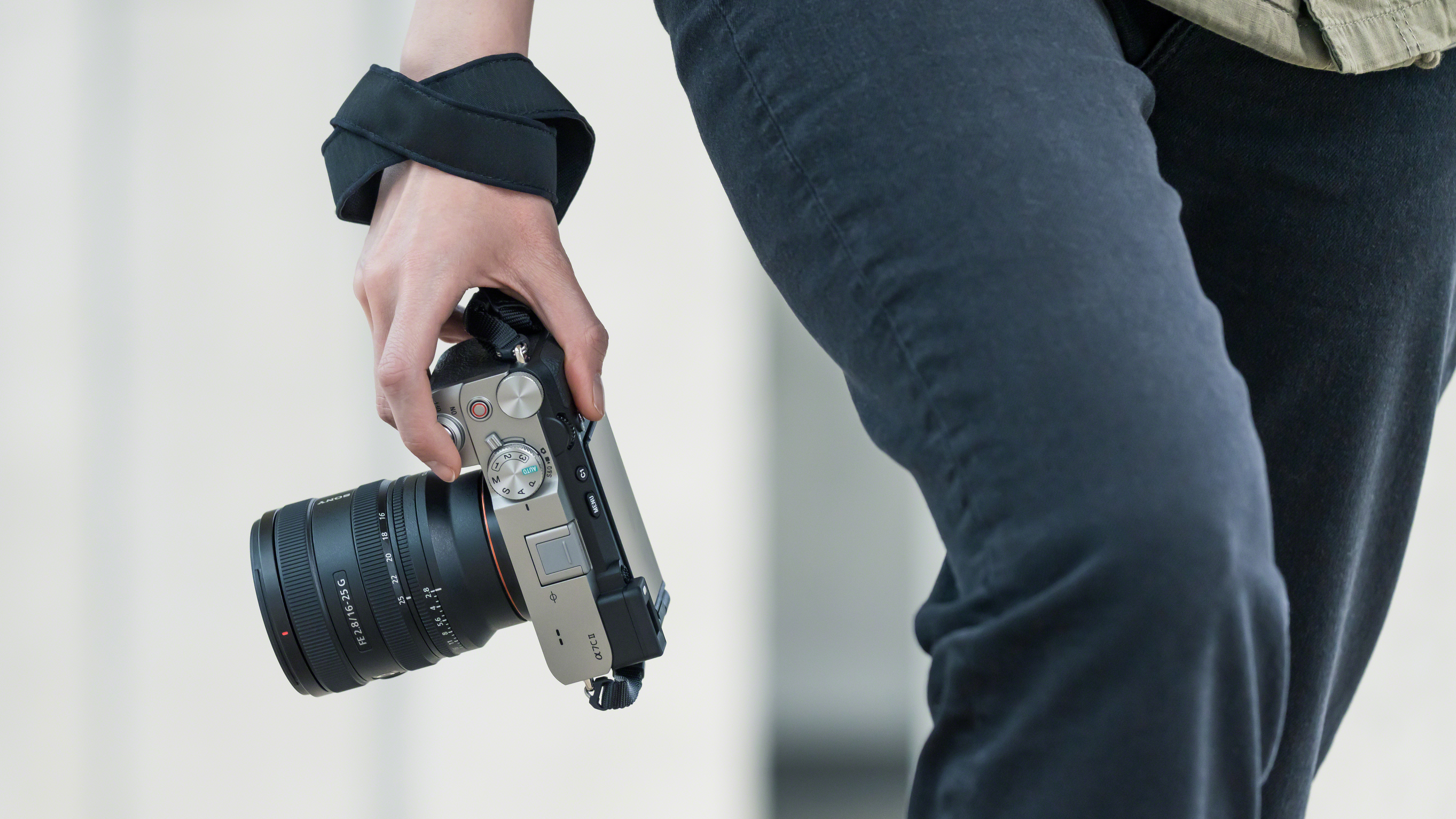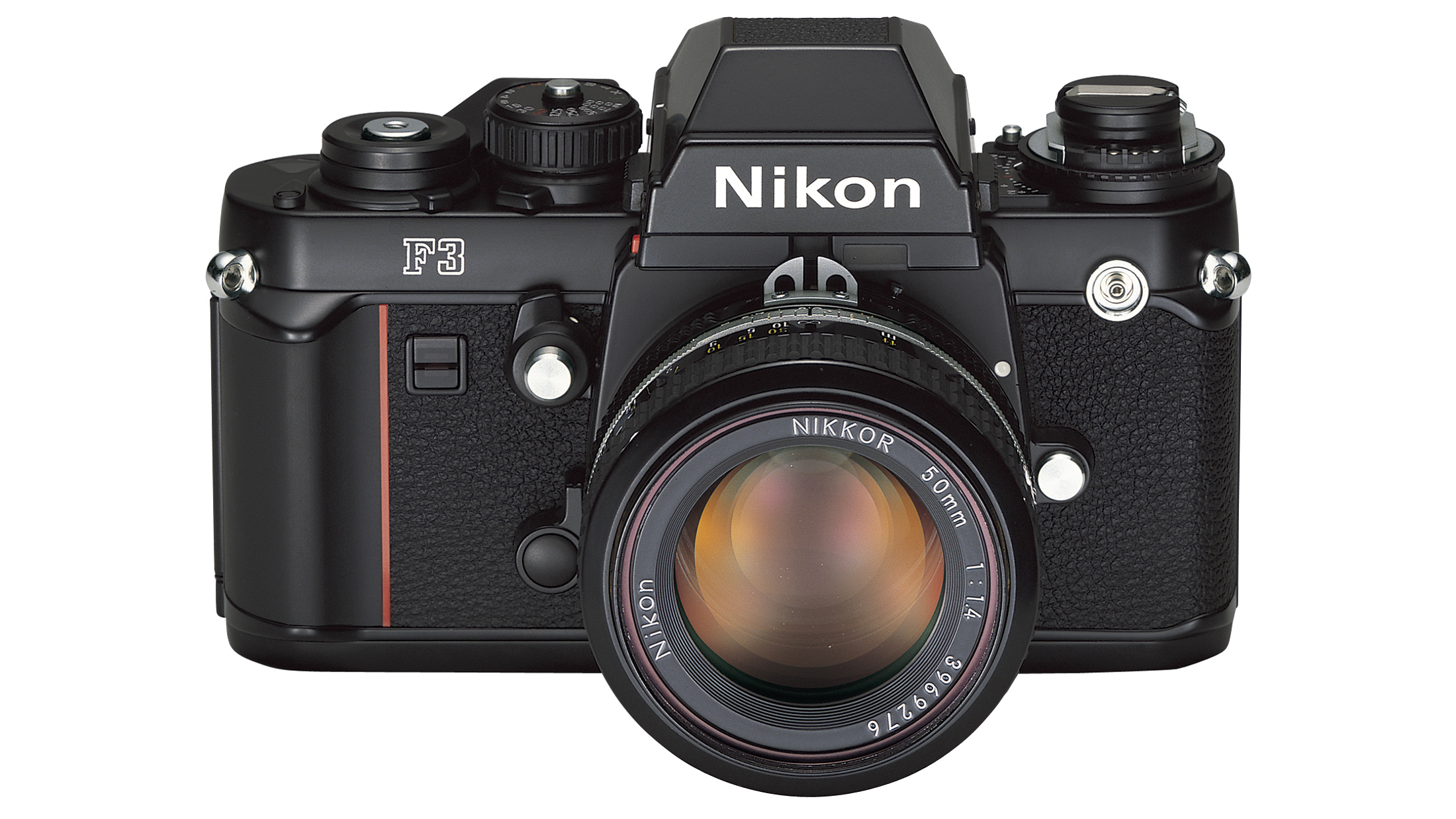I’m torn. Is the 1.6x zoom range of Sony's new FE 16-25mm f/2.8 G just a joke?
We think 3x zoom range on a kit lens is average, and a 2x zoom on an ultra-wide lens is a necessary compromise. But this…?

I’ve been using the Sony FE 16-25mm f/2.8 G and I like it. At last Sony is offering an alternative to its huge and massively expensive G Master lenses. Probably the closest equivalent to this is the Sony FE 16-35mm f/2.8 GM II, which is twice the price and over 30% heavier.
Both lenses could, in their own way, be considered among the best Sony lenses for landscapes, architecture and travel.
But the 16-35mm G Master has something the FE 16-25mm f/2.8 G doesn’t have – an extra 10mm of focal length at the long end of the zoom range. Leaving aside any optical advantages the G Master lens might have, that’s a pretty big practical advantage right there.
Does it matter, though? My first reaction was to think that 16-25mm zoom range was silly. That’s barely a 1.6x zoom range on a lens that isn’t even fantastically wide. In the past we’ve accepted 14-24mm f/2.8 lenses from Nikon and Sigma with a 1.7x zoom range, but they are a good deal wider. Zooms starting at a focal length of 16mm have always been 16-35mm lenses or thereabouts, which is more than a 2x zoom range.
Maybe 16-25mm is actually fine?
So I stopped to wonder if I was just being a slave to conventions of lens categories, versatility and value. I’ve used and owned plenty of 16-35mm lenses in the past and shot with them almost always at the shorter focal lengths and very rarely at 35mm. I don’t usually go out shooting with an ultra-wide zoom without taking a standard zoom too, so a 16-35mm lens gives me a good deal of overlap on focal lengths that I’ve got covered anyway.
Which was exactly the experience I had with the FE 16-25mm f/2.8 G. Yes, that zoom range is short, but it covers almost all the shots I need an ultra-wide zoom for. Sometimes it’s useful to go even wider, even as far as the astonishing Canon RF 10-20mm f/4 L IS STM can go, but a 16mm angle of view can be hard to handle in itself (keeping verticals straight, for a start), and is probably as wide as I regularly need.
So the bottom line is that the FE 16-25mm f/2.8 G goes just about as wide as I need it to, and since I usually have a standard zoom with me, it’s long enough too. There’s only a 1mm overlap in focal lengths compared to the 11mm overlap I’d get with a 16-35mm lens, but the point is I still have no gap in my focal range.
Get the Digital Camera World Newsletter
The best camera deals, reviews, product advice, and unmissable photography news, direct to your inbox!

‘Small’ is relative
My problem with this lens is actually a little different. It’s certainly smaller than the FE 16-35mm f/2.8 GM II, and pretty small for lenses in this category, but it’s not small in any absolute sense. I’ve been testing it on a Sony A7C II, where it does not seem small at all. Having said that, on an A7 body, it’s a lot better. Nevertheless, it seems to me that to achieve a useful reduction in size, Sony has traded a lot of focal range.
I applaud the light weight of the new Sony FE 16-25mm f/2.8 G, its impressive features and controls and its equally impressive price tag. It would make a great pairing with the similarly new and compact Sony FE 24-50mm f/2.8 G standard zoom. It’s great that Sony is turning its attention to smaller and lighter lenses that are perhaps a better match for the balance of its A7 cameras and the budgets of non-professional users. But it’s not been without cost, and that cost is the zoom range and flexibility we’ve come to expect from zoom lenses.

Rod is an independent photography journalist and editor, and a long-standing Digital Camera World contributor, having previously worked as DCW's Group Reviews editor. Before that he has been technique editor on N-Photo, Head of Testing for the photography division and Camera Channel editor on TechRadar, as well as contributing to many other publications. He has been writing about photography technique, photo editing and digital cameras since they first appeared, and before that began his career writing about film photography. He has used and reviewed practically every interchangeable lens camera launched in the past 20 years, from entry-level DSLRs to medium format cameras, together with lenses, tripods, gimbals, light meters, camera bags and more. Rod has his own camera gear blog at fotovolo.com but also writes about photo-editing applications and techniques at lifeafterphotoshop.com
